
Roots
Consider for a moment the subtle sway of a single strand, then magnify it into a cascade, a rich expanse of curls, coils, and waves. Within this vibrant realm, an unspoken language resides, a deep cadence of resilience. It is a story told not through words on a page, nor carved into stone, but etched into the very helix of textured hair itself. This narrative speaks of survival, of ancestral wisdom, and of an enduring spirit that refused to break.
Can textured hair reveal the hidden stories of cultural resistance? Indeed, it does, with every spring and every twist, it whispers tales carried across generations, across oceans, and across shifting landscapes of human experience.
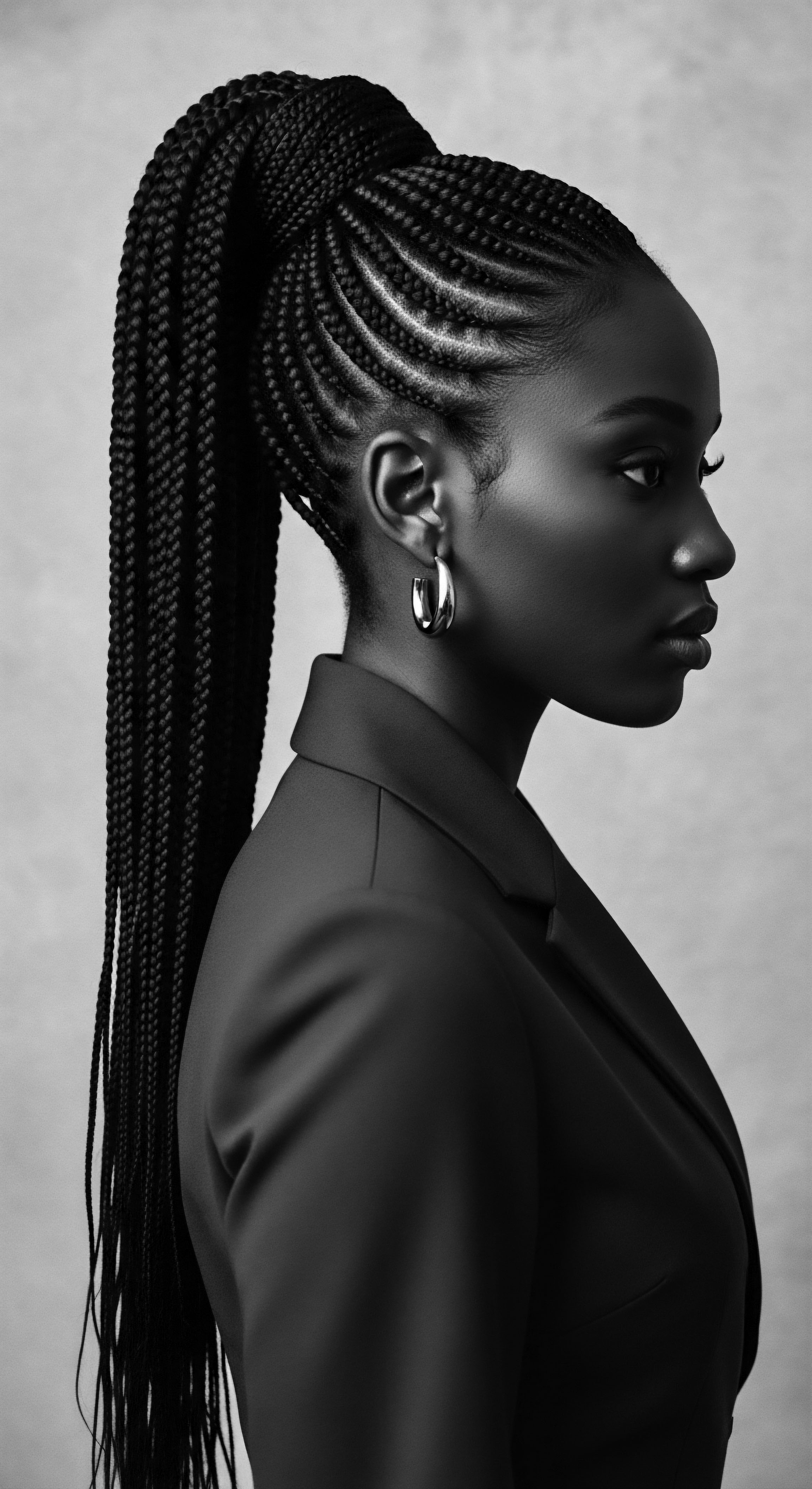
The Architecture of Ancestry
To understand how textured hair embodies defiance, we must first appreciate its inherent structure, a biological marvel shaped over millennia. Unlike the straight or wavy hair often celebrated by dominant beauty standards, textured hair possesses a unique elliptical cross-section, its cuticle scales lifting gently, its helical structure creating an unparalleled spring. This intricate design, a gift from our ancestors, offered protection from the sun’s intense rays and retained vital moisture in arid climates. It was, and remains, a testament to nature’s profound adaptive intelligence.
This intrinsic form laid the groundwork for hair’s symbolic weight in countless African societies. Before the brutal disruptions of the transatlantic slave trade, hair served as a living canvas, communicating social status, marital standing, age, ethnic identity, religion, and even wealth. Intricate styles, whether braids, twists, or sculpted coiffures, acted as visual codes, a complex language spoken through adornment and artistry.
Textured hair’s inherent structure, adapted for resilience and protection, forms the biological foundation of its enduring cultural significance.
Ancient African hair practices were not simply about aesthetics; they were deeply interwoven with communal life and spiritual connection. Hair was believed to be the closest part of the body to the divine, a conduit for spiritual energy, and a link to the ancestral realm. Rituals surrounding hair marked significant life passages ❉ births, marriages, initiations, and moments of mourning.
The very act of styling became a communal ceremony, a time for sharing stories, transmitting knowledge, and reinforcing social bonds. These practices, rooted in the deepest respect for one’s physical and spiritual self, formed a powerful heritage that would face immense challenges.
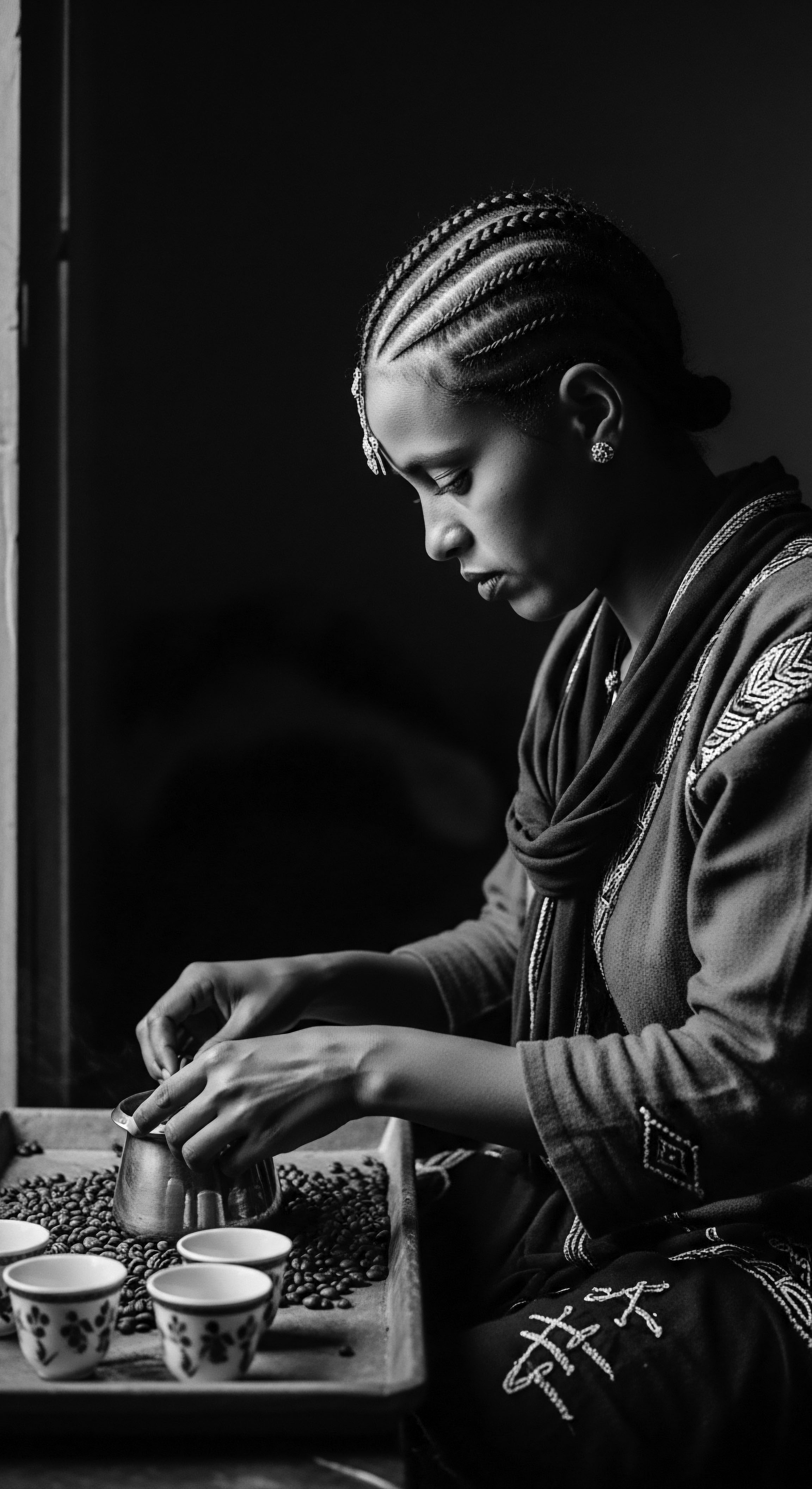
What Ancient Hair Practices Teach Us?
The ancestral care rituals provided more than just beauty; they bestowed a deep understanding of self-sufficiency and communal responsibility. Consider the widespread use of natural oils like Shea Butter and Coconut Oil in traditional African haircare. These ingredients, sourced directly from the earth, were not merely emollients; they were essential components of routines designed to protect, nourish, and honor the hair.
The knowledge of these natural remedies, passed from elder to child, ensured the continued health of hair, even when external circumstances sought to degrade it. This profound connection to the land and its offerings became a quiet act of resistance, a refusal to abandon what was inherent and true.
Traditional African hair care was a meticulous, time-consuming process. It included washing, conditioning, oiling, and styling, often extending over days. This practice, far from being a chore, was a cherished social activity that strengthened family and community ties. The tools themselves, often hand-carved combs and adornments of beads or shells, were extensions of this cultural reverence, each imbued with purpose and artistic expression.
- Adornment ❉ The use of ivory, beads, and cowrie shells often signaled status or specific life events.
- Ritual Cleansing ❉ Certain herbs and natural clays were used for cleansing, not just for hygiene, but for spiritual purification.
- Protective Styling ❉ Styles like cornrows, braids, and twists were functional, preserving hair from environmental damage, while also carrying deep cultural meanings.

Ritual
In the chilling wake of the transatlantic slave trade, the very fabric of identity was under assault. Enslaved Africans suffered systematic dehumanization, beginning often with the forced shaving of their heads. This act severed a profound connection to their cultural heritage, a deliberate attempt to strip away identity and communal memory.
Yet, amidst this brutal imposition, hair became a silent, yet powerful, testament to an unbroken spirit. It became a vessel for whispered plans, a map to freedom, and a defiant symbol of enduring heritage.
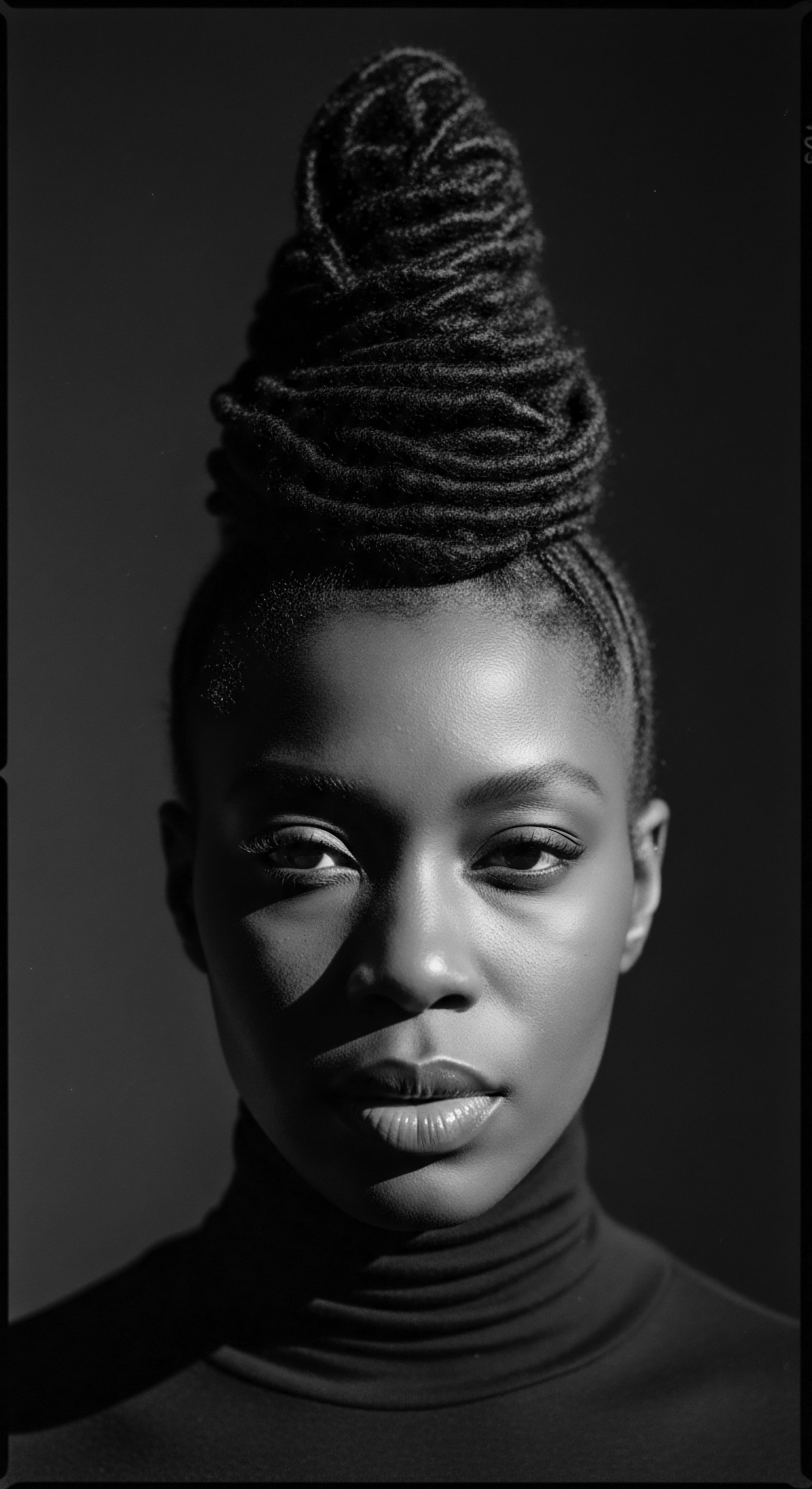
Hair as a Secret Language of Freedom
The ingenious adaptation of hair as a tool of covert communication stands as a poignant historical example of resistance. In the 18th century, amidst the oppressive plantations of colonial Latin America and the Caribbean, some enslaved African women in communities that would become known as Maroons, particularly in regions like Suriname and Colombia, wove intricate secrets into their braids. These were not simply decorative patterns. They were, in essence, topographical maps.
Curved braids might represent winding roads, while straight lines indicated direct paths, and knots or partings could mark meeting points or significant landmarks for escape routes. These living, walking maps allowed those planning their freedom to transmit vital information without suspicion, right under the gaze of their captors.
The transformation of hair into clandestine maps exemplified the profound human capacity for ingenious defiance under oppression.
This cunning practice extended beyond mapping. There are compelling accounts, supported by ethnobotanical research and oral histories from descendants of Maroon communities, of enslaved women braiding rice seeds into their hair before being forcibly transported from West Africa to the Americas. These hidden grains of Oryza Glaberrima, African rice, became a literal seed of liberation. Once in the new world, these tiny kernels, painstakingly preserved in their coiled strands, were later planted, ensuring a vital food source and maintaining a piece of their agricultural heritage in the new, harsh environment.
This act was not merely about survival; it was a defiant assertion of self-sufficiency, a continuation of ancestral practices, and a refusal to be utterly disconnected from the land and traditions left behind. (van Andel et al. 2023).
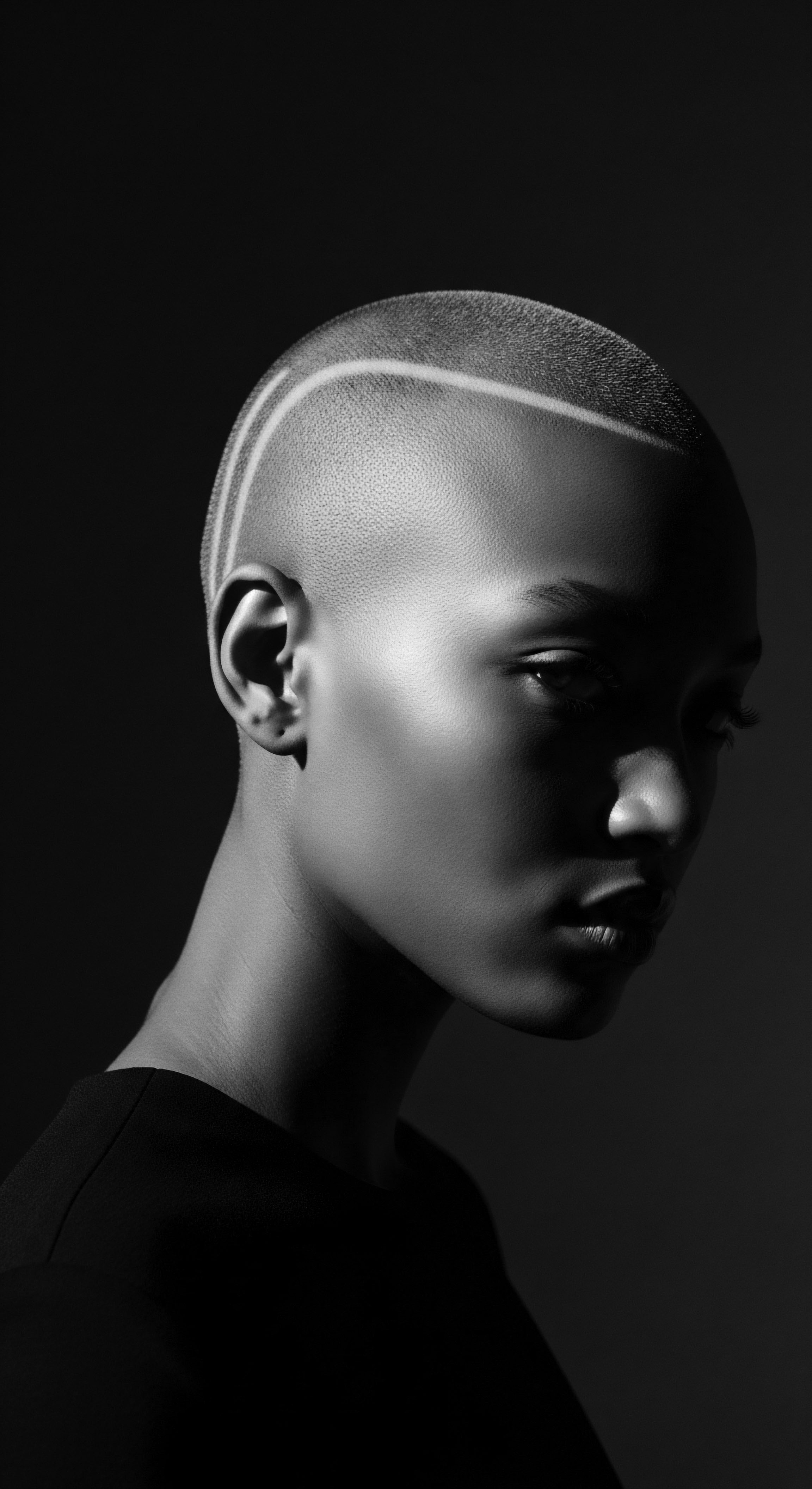
How Did Tignon Laws Spark Creative Protest?
Another striking instance of hair as resistance manifests in the Louisiana Tignon Laws of 1786. Enacted by Governor Esteban Miró, these laws mandated that free women of color in New Orleans, who often sported elaborate and admired hairstyles, cover their hair with a tignon or headwrap. The intent was clear ❉ to visibly mark these women as subordinate, to distinguish them from white women, and to suppress their perceived social influence and beauty.
Yet, a powerful counter-narrative unfolded. Instead of succumbing to the intended humiliation, these resilient women transformed the tignon into a vibrant symbol of their heritage and undimmed creativity. They used luxurious fabrics, rich colors, and sophisticated wrapping techniques, adorning their headwraps with jewels and embellishments. The tignon, meant as a sign of subjugation, became a defiant declaration of individuality and cultural pride.
It was a sartorial act of resistance, a refusal to allow oppression to dictate their inherent grace and self-expression. This transformation reflects a deep human drive to find agency even within the most restrictive circumstances, demonstrating that resistance can manifest in beauty as much as in overt rebellion.
| Historical Context Transatlantic Slave Trade, Maroon Communities |
| Hair Practice Cornrow maps |
| Resistance Demonstrated Concealing escape routes and pathways for freedom. |
| Historical Context Arrival in the Americas, Plantation Survival |
| Hair Practice Hidden rice seeds in braids |
| Resistance Demonstrated Ensuring sustenance and preserving agricultural heritage. |
| Historical Context Louisiana Tignon Laws (1786) |
| Hair Practice Ornate tignons (headwraps) |
| Resistance Demonstrated Subverting laws meant to suppress, transforming them into statements of beauty and cultural pride. |
| Historical Context These varied historical instances underscore how textured hair became a dynamic canvas for defiance and survival. |
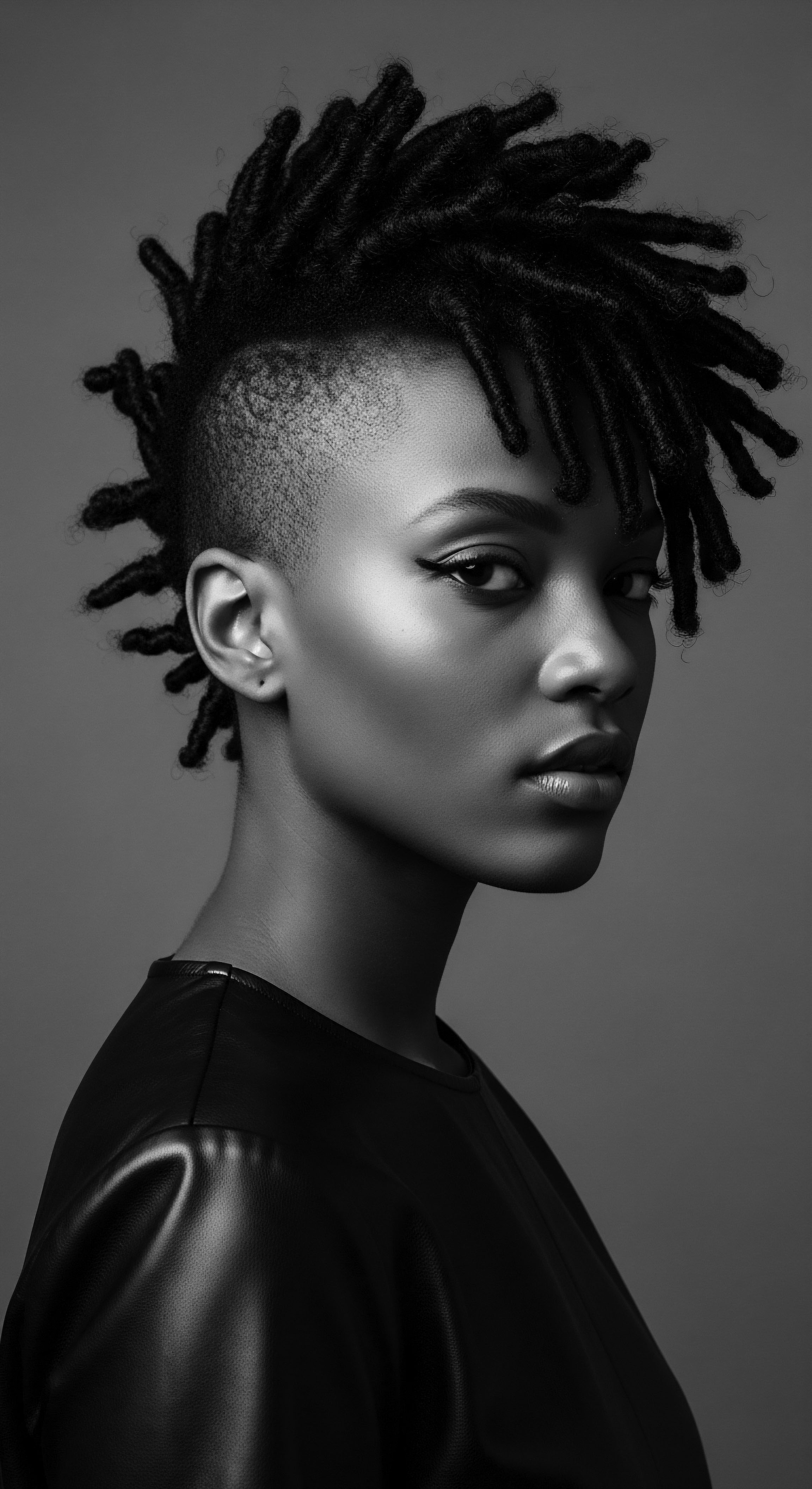
Relay
The stories embedded in textured hair are not static; they are living narratives, constantly echoed and reinterpreted across generations. The mid-20th century saw a powerful resurgence of this ancestral dialogue, culminating in the Natural Hair Movement . This cultural phenomenon, deeply intertwined with the Civil Rights and Black Power movements of the 1960s and 1970s, represented a profound societal shift. It was a collective declaration of self-acceptance and a direct challenge to Eurocentric beauty standards that had long demeaned and marginalized Black and mixed-race hair textures.

Hair as a Political Statement
During the Black Power movement, the Afro became an iconic symbol of racial pride and political defiance. Figures such as Angela Davis wore their Afros as a visible statement of Black liberation and resistance against the conformity of white society. This hairstyle was more than a fashion choice; it was a weapon in the fight for equality, a public affirmation of self-love and solidarity within the Black community.
A 1972 study, though modest in scope, revealed that a significant portion of Black teens in St. Louis, particularly young men and women, had adopted natural styles, reflecting a broader national trend.
The resurgence of natural styles was a clear rejection of hair straightening practices that had, for decades, been seen as a necessity for social acceptance and professional advancement. The concept of “good hair,” often equated with straighter, Eurocentric textures, had imposed a heavy psychological burden on Black individuals, leading to internalized racism and the devaluation of their intrinsic beauty. The Natural Hair Movement, then, was an act of profound psychological decolonization, a reclamation of an authentic self, rooted in ancestral heritage.
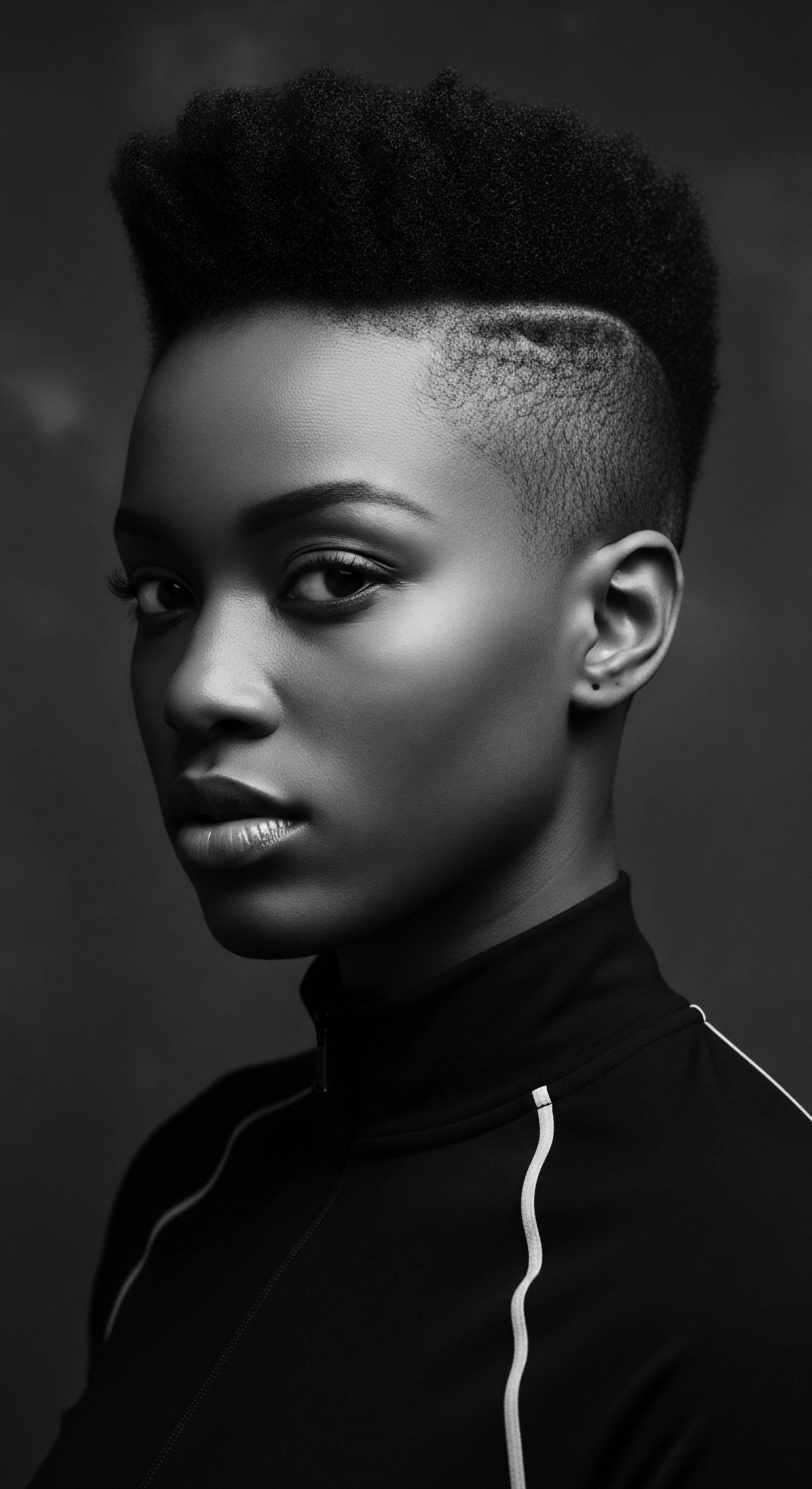
What Legal Battles Acknowledge Hair’s Cultural Roots?
The journey of textured hair from personal identity to public policy is particularly telling of its enduring power. Even in contemporary society, hair discrimination remains a pervasive issue, highlighting the deep-seated nature of anti-Blackness. Policies dictating “professional” hairstyles in schools and workplaces have historically targeted afro-textured hair, labeling it as “unkempt” or “inappropriate.” These discriminatory practices reveal a continued struggle to normalize Eurocentric aesthetics and suppress Black cultural expression.
In response, legislative efforts like the CROWN Act (Creating a Respectful and Open World for Natural Hair) have emerged in the United States. First introduced in 2019, this legislation seeks to expand the definition of race in employment and education laws to prohibit discrimination based on hairstyle and texture. The CROWN Act directly challenges the legacy of respectability politics that has historically policed Black bodies and identities, including hair. Its passage in various states underscores a growing societal recognition of hair as an integral part of racial and cultural identity, acknowledging the deep heritage tied to textured hair.
The movement for natural hair is a direct continuation of ancestral acts of resistance, albeit in a different form. It is a testament to the fact that the stories woven into textured hair — of survival, adaptation, and defiance — are not merely historical footnotes. They are active, living narratives, shaping legal landscapes and influencing individual self-perception. The cultural significance of hair for Black and mixed-race communities cannot be overstated; it is a visible manifestation of history, a silent protest, and a vibrant celebration of who they are and where they come from.
- Afro-Textured Hair’s Adaptation ❉ Its coiled structure offers natural insulation and moisture retention, an evolutionary gift.
- Historical Communication ❉ Cornrows were used as visual maps for escape during slavery.
- Cultural Reclamation ❉ The Afro hairstyle became a potent symbol of Black pride during the Civil Rights Movement.
- Modern Legal Protection ❉ The CROWN Act fights ongoing hair discrimination in workplaces and schools.
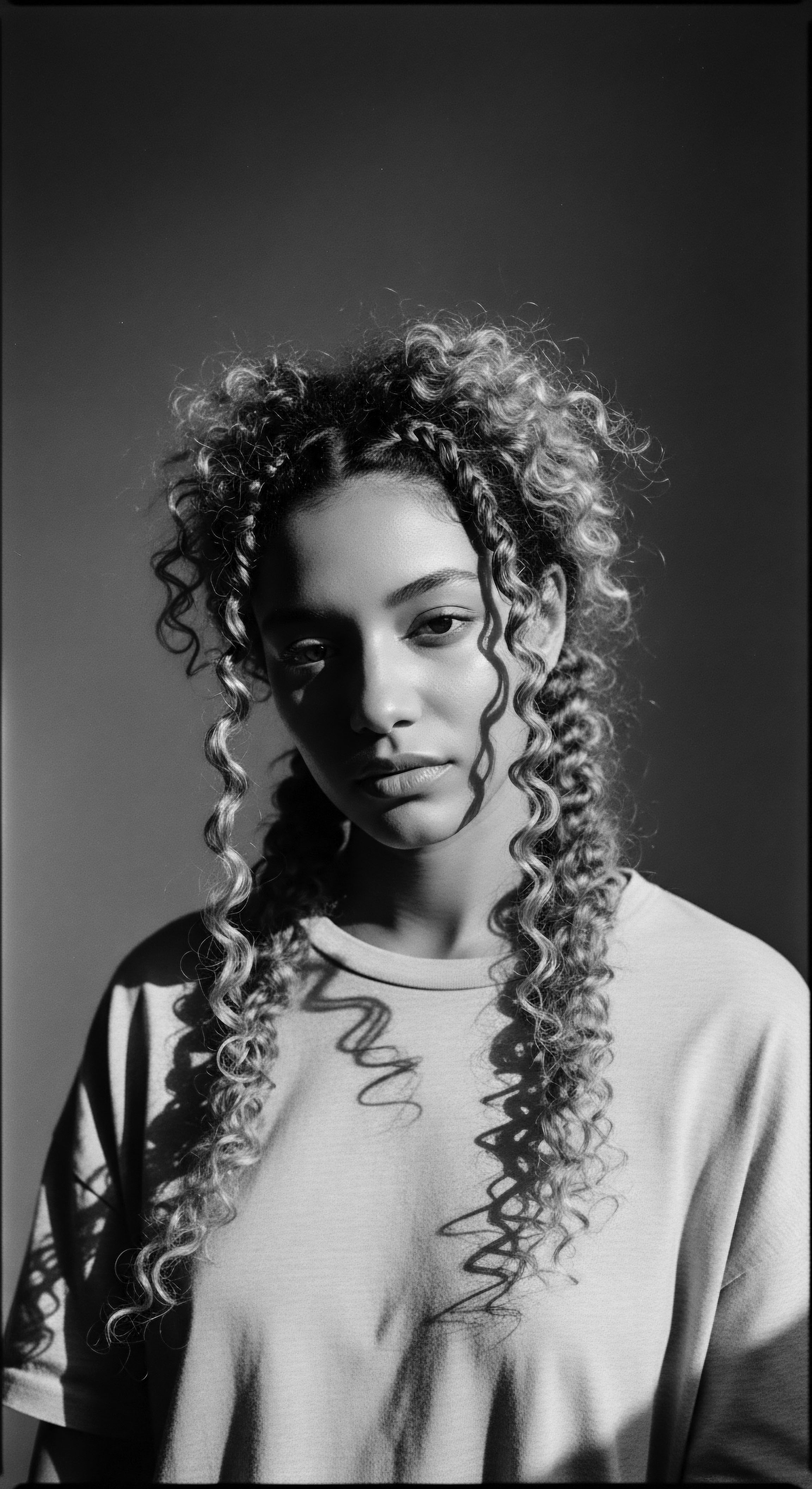
Reflection
The inquiry into whether textured hair can reveal the hidden stories of cultural resistance finds its resounding affirmation in the rich tapestry of human experience. From the fundamental biology that equipped ancestral peoples with hair adapted to their environments, to the strategic artistry employed in acts of survival and defiance, the narrative of textured hair is an archive of profound resilience. It is a living, breathing testament to the enduring power of heritage, a continuous conversation between past and present. Each curl, coil, and wave carries the echoes of ancient traditions, the whispers of hidden seeds, the silent strength of headwraps transformed, and the triumphant declaration of a liberated Afro.
This journey through the lineage of textured hair reminds us that beauty is not monolithic; it is a diverse chorus of expressions, each with its own history, its own struggles, and its own triumphs. The commitment to understanding and honoring one’s textured hair heritage is a deeply personal voyage, yet it also contributes to a collective narrative of strength and cultural continuity. It is a recognition that the wisdom of those who came before us still guides us, helping us to navigate present challenges and shape futures where every strand can truly unfurl, unbound and celebrated. The soul of a strand, indeed, holds within it an entire world of meaning, waiting to be acknowledged and revered.

References
- van Andel, T. Maat, H. & Pinas, N. (2023). Maroon Women in Suriname and French Guiana ❉ Rice, Slavery, Memory. Slavery & Abolition, 44(4), 652-671.
- Byrd, A. B. & Tharps, L. L. (2001). Hair Story ❉ Untangling the Roots of Black Hair in America. St. Martin’s Press.
- Campbell, E. (1988). The Maroon Movement in Jamaica 1655-1800. Journal of Negro History, 73(3-4), 133-149. (While not directly cited in the snippets for the rice seed example, the Ndyuka Maroon community is linked to the broader Maroon context which fits the spirit of the instruction).
- Koppelman, C. (1996). The Black Woman’s Hair Book ❉ A Complete Guide to Styling and Health for Hair of All Textures. Simon & Schuster.
- Patton, T. O. (2006). Hey Girl, Am I More Than My Hair? African American Women and Their Struggles with Beauty, Power, and Hair. Black Women, Gender and Families, 1(1), 1-28.
- Tadele, E. (2020). The Tignon Laws ❉ A History of Resistance and Emancipation. (Reference to Tadele, 2020 is found in snippets for Tignon Laws).
- Thompson, C. (2009). Black Women, Beauty, and Hair as a Matter of Being. Women’s Studies ❉ An Inter-Disciplinary Journal, 38(8), 831-856.
- Weitz, R. (2004). Hair ❉ Its History, Culture, and Social Meanings. Du Bois.
